The best PS4 controller for your PlayStation 4
Meet the best PS4 controller options that you can customise, tweak and tune for a better button-bashing experience

Meet the best PS4 controller options that you can customise, tweak and tune for a better button-bashing experience

We’ve ranked the best gaming consoles available, from Xbox and PlayStation to the Nintendo Switch and beyond—we’ve tested them all. Press start to continue…
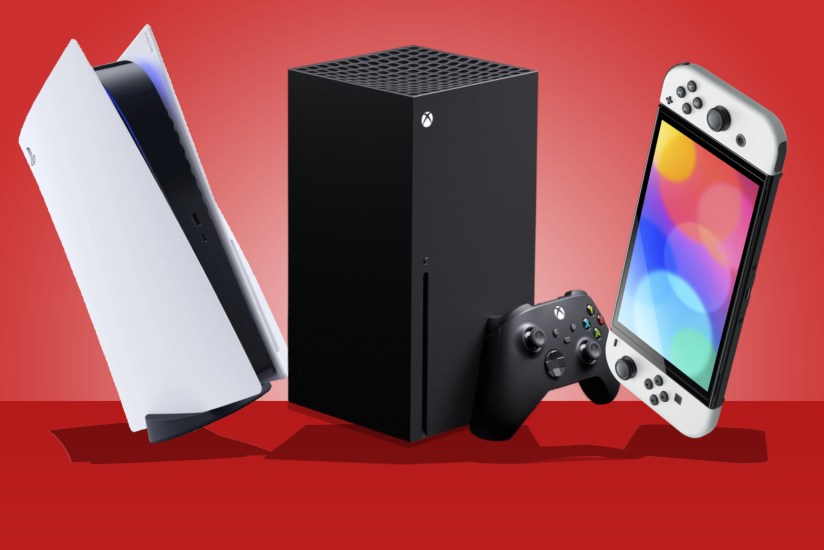
The very best smartphones you can buy right now from Apple, Samsung, Google and more
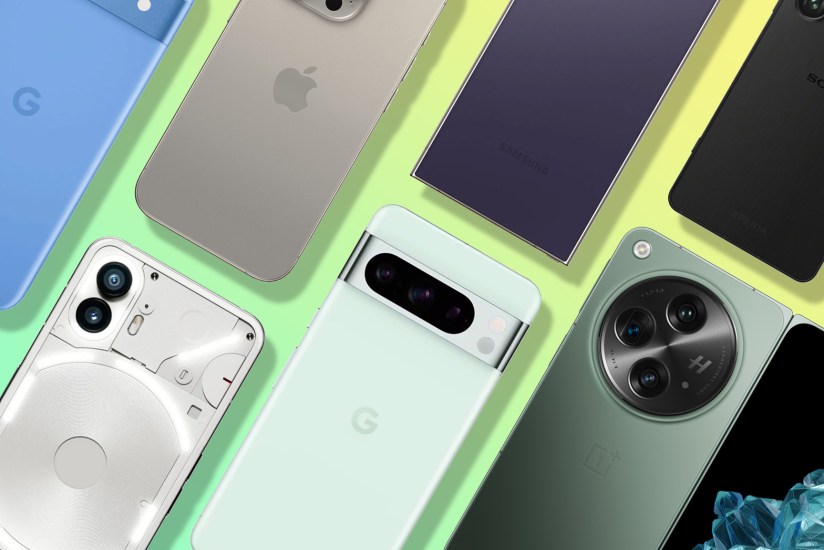
Flagships, foldables, midrangers and affordable models – there’s an upcoming phone for all budgets
From simple sensors to watchful eyes smart enough for Fort Knox, this guide features our pick of the best outdoor security cameras

Upgrade your substandard TV speakers with superior sound and Dolby Atmos: we’ve tested the best soundbar for every home setup
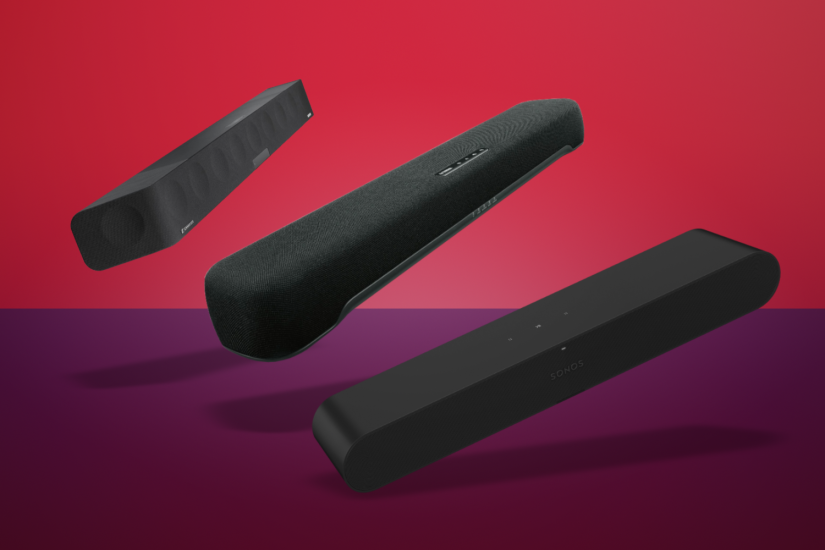
Has Honor just improved the book-style formula in almost every way?
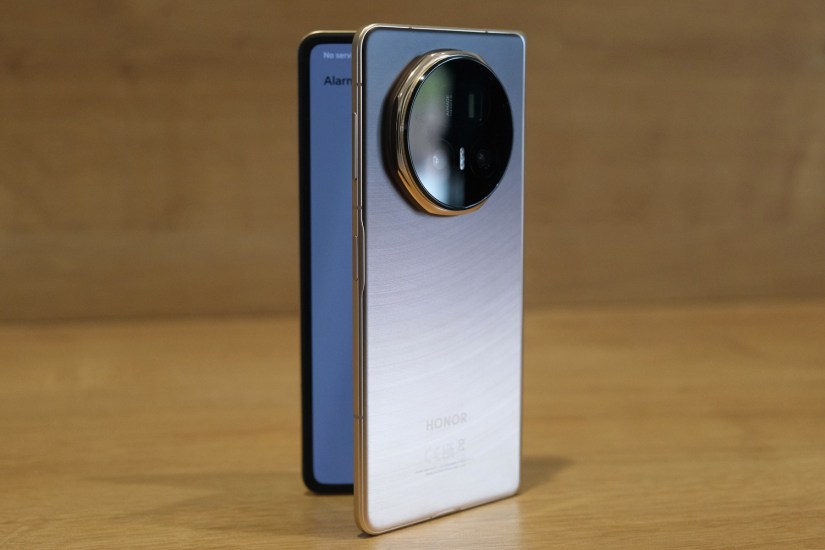
Get the cream and strawberries out of the fridge and catch all the best players in action live and on demand from London
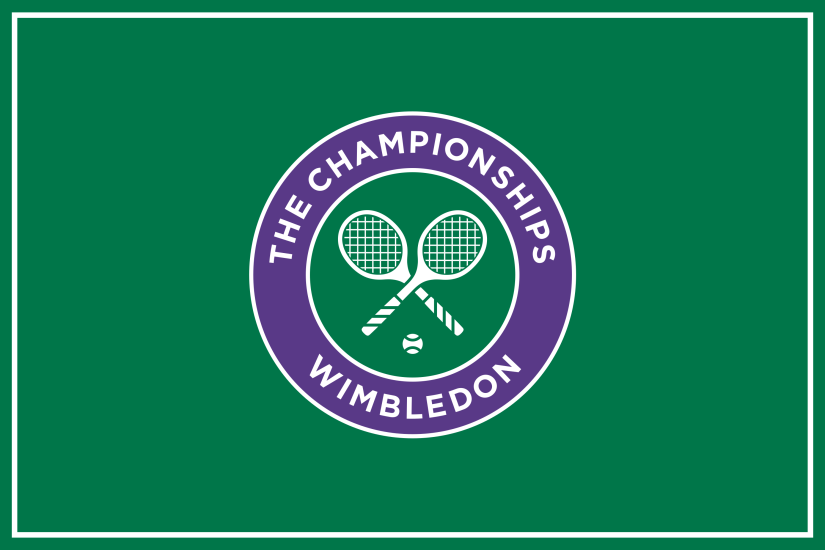
We’ve gathered together the cream of the Virtual Private Network crop – what’s the best VPN service for you?
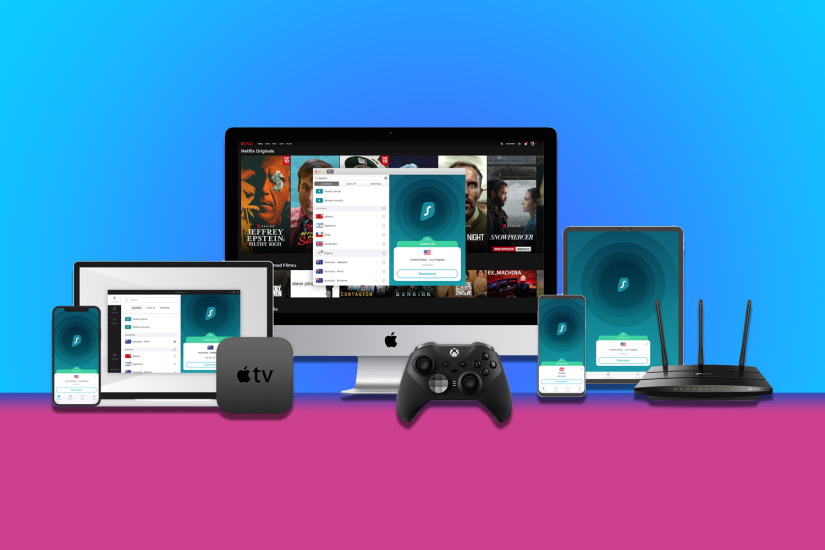
Comparing a crop of cars at GTEST Alsfeld 2025, electric nudged ahead in the appeal stakes

While Prime Day doesn’t start until 8 July, there are already some pretty decent offers up for grabs in the US and UK – here are the best
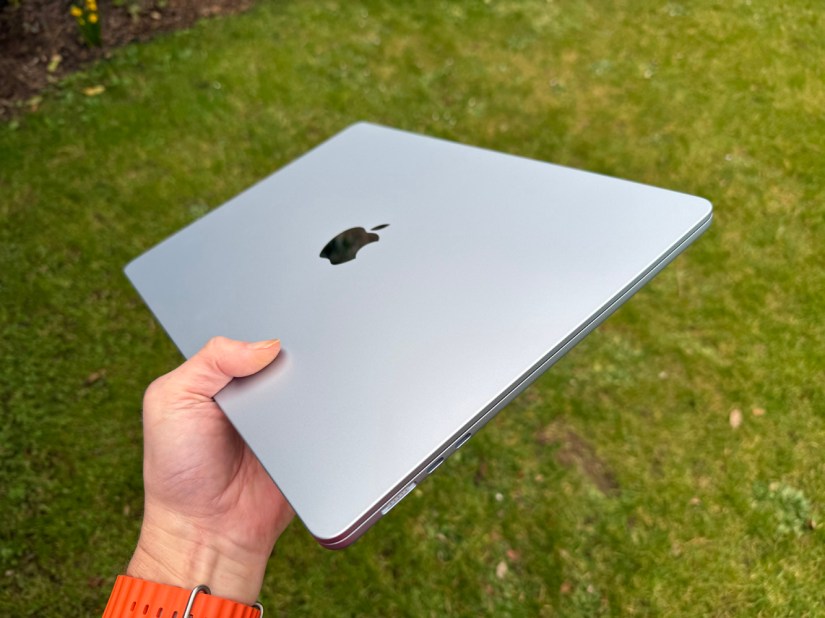
On the search for the best mid-range smartphone below $600/£600? You’re in the right place

Receive the print and digital editions of Stuff every month and save up to 50% when you subscribe!